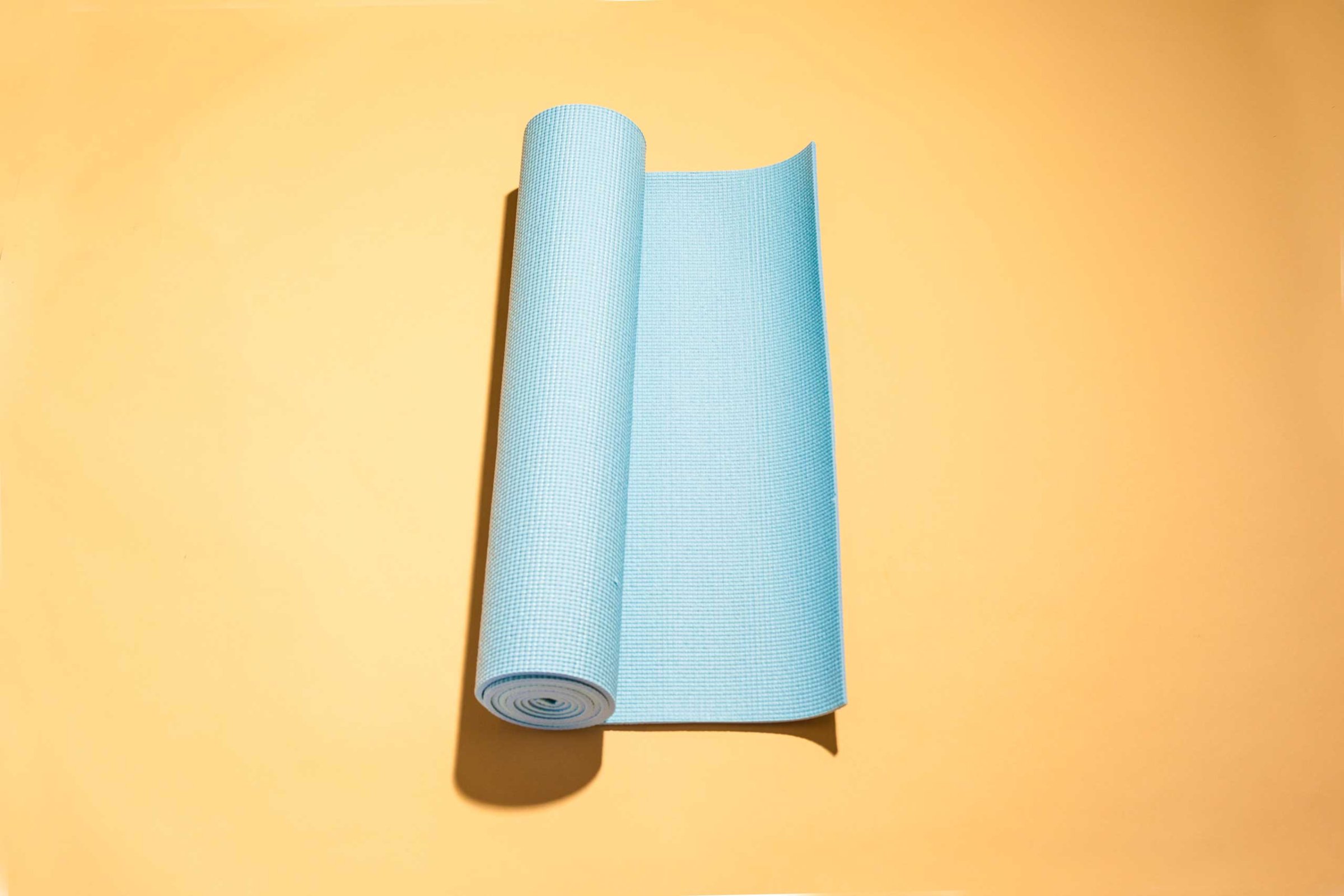
A new federal report reveals that Americans spend about $30 billion a year on complementary health approaches, from ginkgo biloba to yoga.
Complementary medical approaches are alternative types of healing outside the realm of Western medicine, and they’re fairly popular in the U.S. An estimated 60 million Americans spend money on them each year, and 4.1 million children have used some type of complementary medicine, the report reveals. In all, the out-of-pocket costs for these types of therapies total $30.2 billion.
The study doesn’t break down what types of complementary health approaches are the most popular, but people reported using acupuncture, Ayurveda, homeopathy, naturopathy, chelation therapy, natural product supplements, special diets, massage, mind-body therapies, hypnosis, energy healing and more.
Families with incomes under $25,000 spent an average of $435 each year on complementary health, and families with incomes of $100,000 or more spent about $590. Complementary medicine still makes up only a small portion of U.S. health care spending—around 1%—but the study authors note that the out-of-pocket costs to Americans are substantial.
More Must-Reads from TIME
- Why Trump’s Message Worked on Latino Men
- What Trump’s Win Could Mean for Housing
- The 100 Must-Read Books of 2024
- Sleep Doctors Share the 1 Tip That’s Changed Their Lives
- Column: Let’s Bring Back Romance
- What It’s Like to Have Long COVID As a Kid
- FX’s Say Nothing Is the Must-Watch Political Thriller of 2024
- Merle Bombardieri Is Helping People Make the Baby Decision
Contact us at letters@time.com